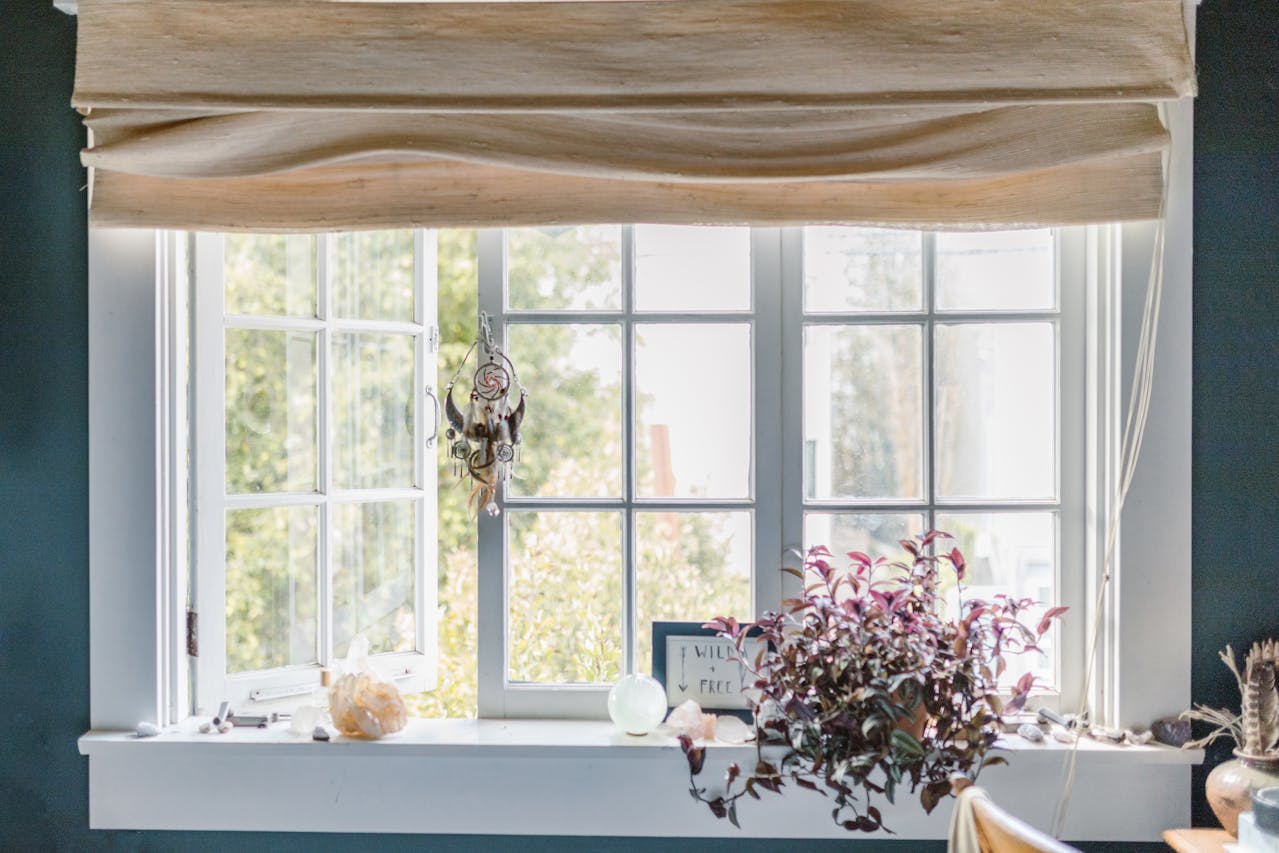Do you ever wonder if your home is truly ready for what’s next—not just daily routines, but the big, unexpected stuff? With wild weather, rising costs, and more people working from home, the pressure is on for homes to do more than shelter. They need to protect, adapt, and support your life. In places like West Palm Beach, where sunshine and storms often overlap, future-proofing is no longer optional. Between hurricane threats and shifting lifestyles, it’s clear: modern living calls for smart, lasting upgrades.
In this blog, we will share what your home actually needs—not just to look nice today, but to give you long-term peace of mind in a world that rarely stays still.
Security isn’t just about locks anymore
Not that long ago, a solid deadbolt was considered high-tech. Today, a truly secure home thinks for itself. Smart security systems are no longer just fancy gadgets for early adopters. They’ve become everyday tools for families, renters, and even tech-averse retirees.
You can now monitor your front door from the grocery store. Get alerts if a window opens while you’re away. And yes, tell your porch pirate to smile for the camera in real time. But security systems aren’t just reactive anymore. Some use AI to detect patterns, like whether that late-night door movement is your teenager sneaking in or something more serious.
Then there’s the external side of home safety. People in coastal areas are shifting priorities fast. With climate events growing in both frequency and intensity, the question isn’t if damage will happen—it’s when. That’s where the value of physical protection rises, especially around weak spots like windows.
Reinforced glass and storm-ready materials are moving from “nice to have” to “non-negotiable.” In Florida, for example, where storms don’t knock—they barge in—the demand for window upgrades has surged. Homeowners want long-term protection without sacrificing natural light. If you’re in the area and looking to level up, working with a reliable West Palm Beach impact windows company makes the process easier and gives you real peace of mind when skies turn dark.
Beyond storm protection, homeowners in older or listed properties face a different challenge: maintaining original character while upgrading thermal performance. Specialist joiners now produce bespoke sash and casement solutions that replicate period detailing yet accept modern insulated glazing and improved draught-sealing. For a regional example of this trade-off—where authenticity and performance are balanced—take a look at NE&C who provide heritage windows north east services. These tailored options preserve curb appeal while cutting heat loss and improving year-round comfort.
Comfort is getting smarter, not just cozier
Everyone wants a comfortable home. But comfort looks different today. It’s not just plush throw pillows and a decent mattress. It’s the invisible stuff, the air you breathe and the temperature that always seems just right without you fiddling with a dial.
Heating and cooling systems have entered a new era. Smart thermostats learn your schedule, tweak settings when energy demand spikes, and help you save money without freezing through dinner. And it’s not just about HVAC anymore. Air purification systems that filter allergens and pollutants are a growing priority, especially in homes with kids, pets, or anyone with a respiratory condition.
Why the shift? Because people are home more. Whether it’s remote work, online classes, or the fact that takeout and streaming now cover every weekend need, our homes have become our everything-spaces. That’s forced a collective upgrade in how we define daily comfort.
It’s also why lighting matters more than ever. Natural light reduces stress and boosts mood, but too much of it—especially through inefficient windows—can overheat your space and strain your cooling system. That’s where subtle changes like insulated glass or low-e coatings come in. They help control light, keep rooms cool, and let you keep the vibe without the utility spikes.
Even noise control has entered the comfort chat. In a world that seems louder than ever, whether from neighbors or endless deliveries, soundproofing upgrades can make a home feel like a haven again.
Adaptability is the new must-have
You’ve heard of open-concept kitchens, but what about open-concept everything? Modern homes aren’t designed to serve just one function. A kitchen might double as a workspace. A guest room might now house a Peloton and two suitcases of seasonal decor. And the garage? That might be your home gym, storage unit, and emergency bunker all rolled into one.
Design trends are finally catching up to real life. Flexible furniture, modular layouts, and multipurpose spaces are on the rise—not for looks, but out of necessity. And it’s not just interior design. Outdoor spaces are being reimagined too. Patios are becoming home offices with better views. Backyard sheds are turning into studios or remote learning zones.
This kind of adaptability allows homeowners to respond to change, whether it’s a growing family, a new job, or the occasional global crisis. The point isn’t perfection. It’s usefulness.
Efficiency equals peace of mind
Nobody wants to think about what their house costs them in waste. But inefficiency has a price. Old water heaters, air leaks, single-pane windows—these things quietly drain your wallet. That’s why the smartest homes today focus on long-term savings through smart resource use.
Start with appliances. Modern dishwashers and washing machines use less water while getting more done. Energy-efficient lightbulbs last longer than your favorite sitcom. And when it comes to heating and cooling, zoned systems are helping people avoid conditioning rooms they don’t even use.
Water-saving fixtures are also stepping up. Dual-flush toilets and low-flow showerheads no longer feel like sacrifices. They look sleek, work well, and lower monthly bills. Plus, many cities offer rebates for making the switch, adding even more incentive.
Solar energy deserves a mention too. It used to be rare and expensive. Now, with tax credits and better tech, it’s a realistic option for more homeowners. You may not go off-grid, but cutting energy bills in half is nothing to sneeze at. In some states, you can even sell excess power back to the grid. Who knew your roof could moonlight as a side hustle?
The real win is that all these tweaks—big and small—add up. They future-proof your home not by preparing for a specific event, but by reducing your dependency on outdated systems.
The bottom line? The modern home isn’t defined by square footage or the latest trend on Pinterest. It’s about intention. It’s about design that holds up in a storm, furniture that adapts when life pivots, and systems that work for you instead of the other way around.
That’s the real peace of mind—knowing that whatever happens next, your home is more than ready. It’s already working on your behalf.










